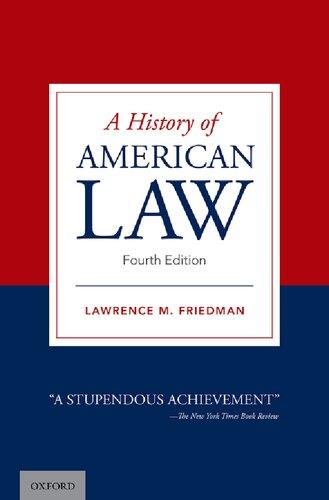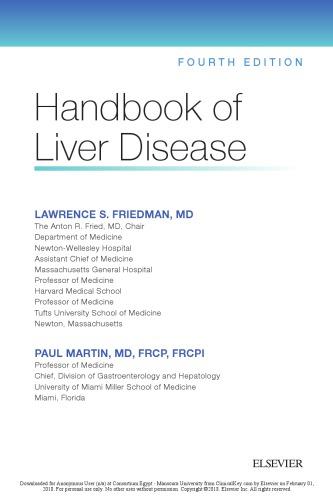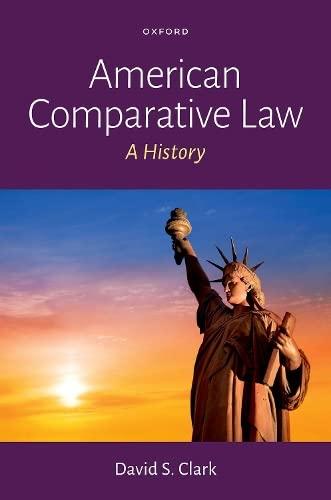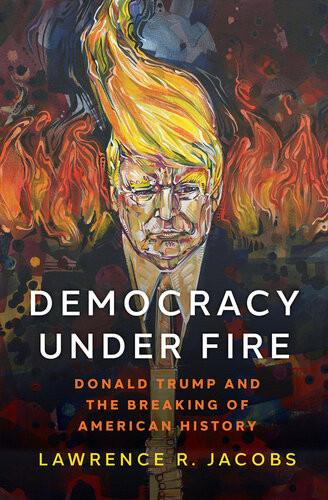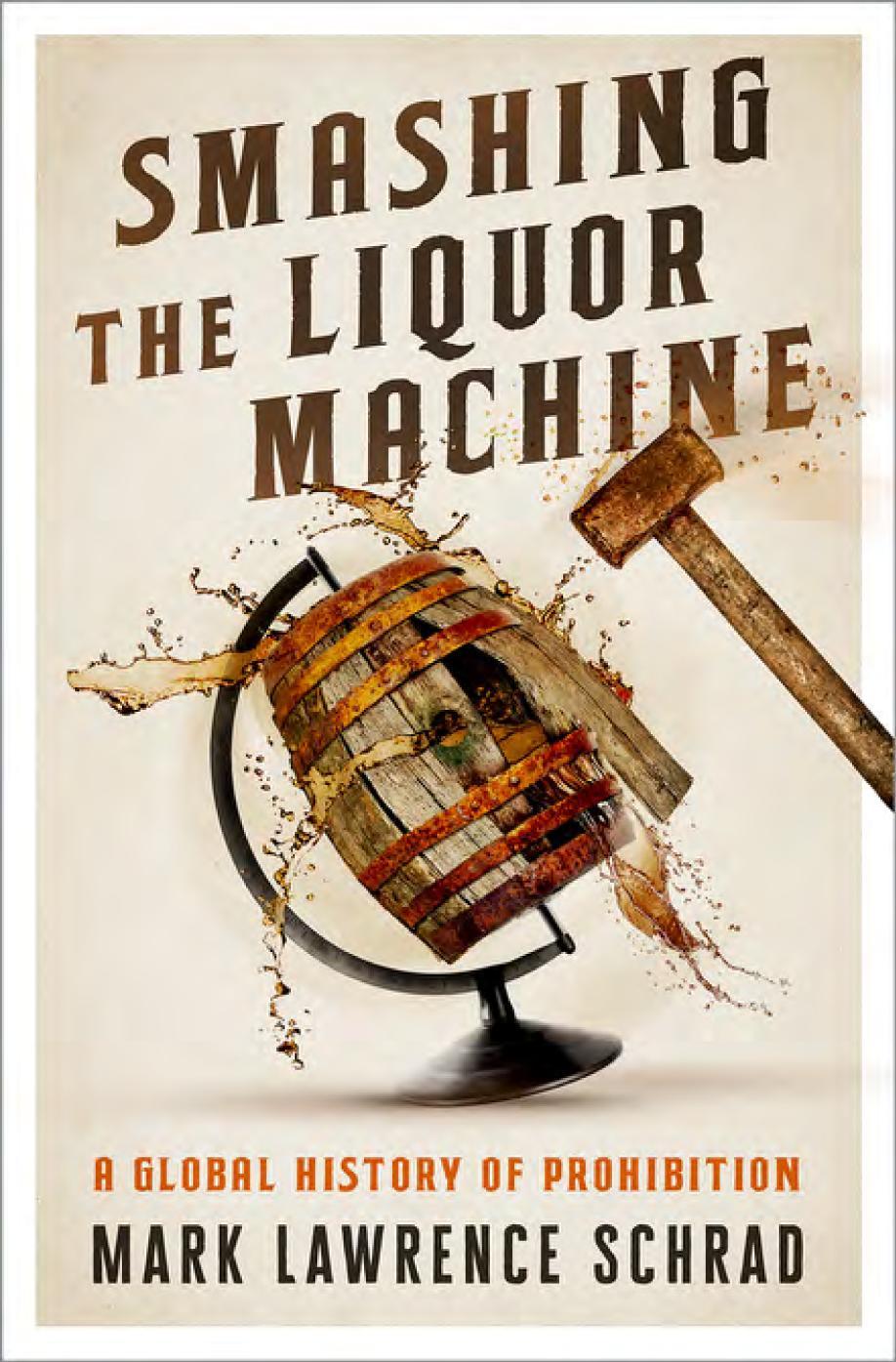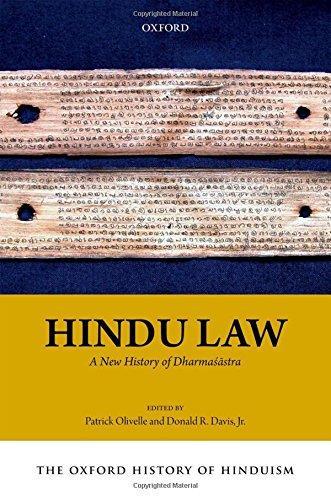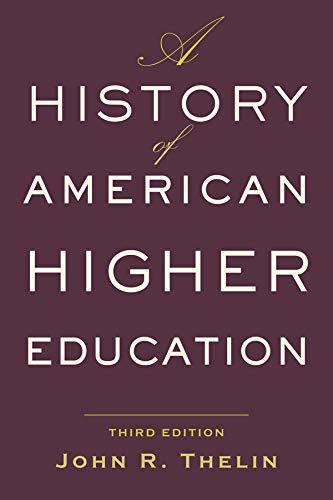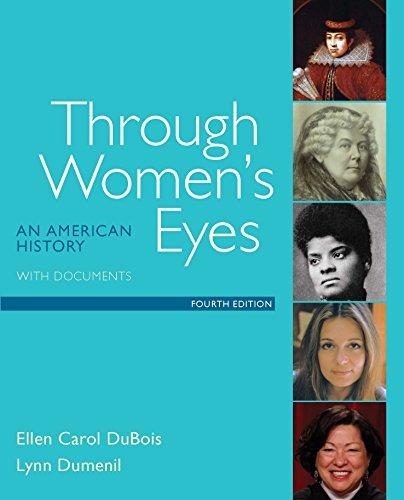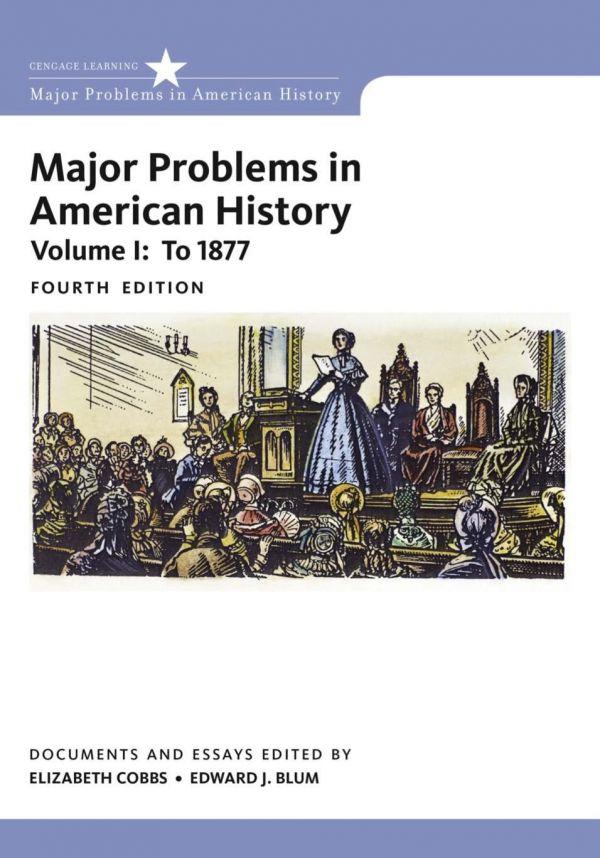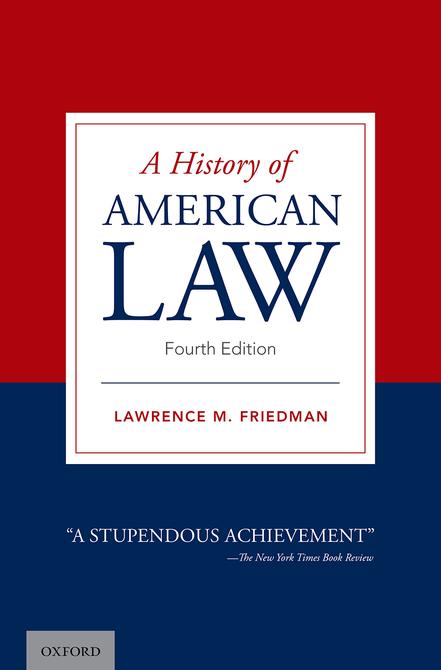Prologue
Modern communications and technology have made the world smaller. They have leveled many variations in world culture. Yet, people still speak different languages, wear different clothes, follow different religions, and hold different values dear. They are also subject to very different laws. How different is not easy to sum up. Clearly, legal systems do not differ from each other as much as, say, languages do. The new world, the world we live in—urban, industrial, technological—creates a certain kind of society; and this kind of society depends on and welcomes certain kinds of laws. Developed countries have income tax laws, they have laws about computer software, air traffic control, gene splicing—and, very likely, old-age pensions and some form of health care for some or all of the people.
The exact form that these take, in any particular country, is quite variable. Much depends on the general legal culture (which in turn depends on the politics, culture, and economics of the country). Americans are naturally used to American laws. Law is an integral part of American culture. Americans could adjust to very alien laws and procedures about as easily as they could adjust to a diet of roasted ants or a costume of togas. Judge and jury, wills and deeds, the familiar drama of a criminal trial, an elected assembly or council at work making laws, licenses to get married, to keep dogs, to hunt deer—these are all part of common experience. They are also peculiar to the United States—in some ways. No other legal culture is quite like American legal culture. Presumably, no other culture would fit, or suit, American society quite so well. Nonetheless, American law is part of a large family of laws: the laws of rich, developed countries. And all of these have a lot in common.
Many people think that history and tradition are very strong in American law. There is some basis for this belief. Some parts of the law can be traced back very far—the jury system, the mortgage, the trust; some aspects of land law. But other parts of the law are not particularly old at all. The living law, the law we use every day, the law that affects us every day, including tax law, traffic codes, and social-welfare laws, is comparatively recent, on the whole. While one lawyer is advising his client how to react to a ruling from Washington, issued that very day, another may be telling his client that some plausible course of action is blocked by a statute well known to the lawyers of Henry VIII or by a decision of some older judges whose names, language, and habits would be unfathomable mysteries to both attorney and client. But the first situation is
much more likely than the second. Some parts of the law are like the layers of geological formations. The new presses down on the old, displacing, changing, altering, but not necessarily wiping out everything that has gone before. Law, by and large, evolves; it changes in piecemeal fashion. Revolutions in essential structure are few and far between. That, at least, is the Anglo-American experience. (In some countries—China, for example; or Russia—the changes have been more dramatic, more revolutionary, at times). Most of the legal system is new, or fairly new, but some bits of the old get preserved among with the mass of the new.
What is kept of the old is also highly selective. Society may be fast or slow as it changes, but in either case, it is ruthless. Neither evolution nor revolution is sentimental. Old rules of law and old legal institutions stay alive only when they still make sense; when they serve a purpose today, rather than yesterday. They have to have, in short, survival value. The trust, the mortgage, the jury are legal institutions that can be traced back centuries. But they do not seem archaic— because they are not archaic. They have come down from medieval times, but they are still with us because they serve twenty-first-century needs. They have survived because they found a place in our society—a society that does not hesitate to pour old wine into new bottles and new wine into old bottles, or throw both bottles and wine away. At any rate, the theory of this book is that law moves with its times and is eternally new. From time to time, the theory may not fit the facts. But more light can be shed on legal history if one asks why does this survive than if one assumes that law, unlike the rest of social life, is a museum of accidents and the mummified past.
In an important sense, law is always up to date. The legal system always “works”; it always functions. Every society governs itself and settles disputes. Every society has a working system of law. If the courts, for example, are hidebound and ineffective, that merely means some other agency has taken over what courts might otherwise do. The system is like a blind, insensate machine. It does the bidding of those whose hands are on the controls. The laws of China, the United States, Saudi Arabia, France, North and South Korea, reflect the goals and policies of those who call the tune in those societies. Often, when we call law “archaic,” we mean that the power system of its society is (in our opinion) morally out of tune. But change the power system, and the law too will change. The basic premise of this book is this: despite a strong dash of history and idiosyncrasy, the strongest ingredient in American law, at any given time, is the present—current emotions, real economic interests, and concrete political forces. It may seem a curious beginning to a book of history to downgrade the historical element in the law. But this is not really a paradox. The history of law has meaning only if we assume that at any given time the vital portion is new and changing, form following function, not function following form. History of
law is not—or should not be—a search for fossils, but a study of social development, unfolding through time.
Law and society both have a long and elaborate history in the United States. Compared to some, the United States is a new country—but Boston and New York are more than three hundred years old, and the U.S. Constitution may be the world’s oldest living organic law. In short, enough time has elapsed for American law to be essentially American—the product of American experience.
But American law is not an isolate. It has, and has had, close affinities to other legal cultures. The most important immediate ancestor is easy to identify. The basic substratum of American law, as of American speech, is English. Before the Europeans came, the country belonged to the Native Americans. Europeans came late, but they came in force. They settled first along the coast. The Spanish settled Florida; the French built New Orleans. Swedes settled briefly on the Delaware; the Dutch pushed them out. Then the English overwhelmed the Dutch. The Hudson and Delaware settlements were added to a chain of tiny colonies, all English-speaking, along the Atlantic coast. Their populations grew. More Englishmen came. And English speakers, as Englishmen or Americans, ultimately pushed out the native peoples, often quite ruthlessly, and took over their lands; they took over the lands of the French and the Spanish as well; and they gobbled up a big chunk of Mexico. They established an empire that stretched from sea to sea. And then they pushed out across the ocean to Hawaii, Puerto Rico, and the Philippines.
Each culture group lived by its own legal norms. Of many of the systems of law in effect in some of the native groups, it is fair to say, not a trace remains. Others kept some of their vitality. There are Native American communities today with their own court systems, and some bits and pieces of their tradition live on. Some scholars have claimed to find a speck or two surviving from the Dutch legal tradition. The office of district attorney may be Dutch in origin. French law gained a more or less lasting foothold in Louisiana, and there (in translation) it stays. Spanish law sent down wider if not deeper roots; no state can call its law Spanish, but some aspects of Spanish or Mexican law (for example, the community-property system), persist in California and in other parts of the West. Everything else, if not strictly native, is English, or comes by way of England, or is built on an English base.
But English law was complex and bewildering. It is not easy to say which English law was the ancestor of American law. Colonial law—the law of the colonies, up to Independence—is, after all, an abstraction; there was no “colonial law” any more than there is “American law,” common to all fifty states. There were as many colonial systems as there were colonies. The original union was made up of thirteen states; but this thirteen represents, if anything, only a head
count at one arbitrary time. Some colonies—Plymouth and New Haven—were swallowed up by larger ones. It was the merger of two entities that produced New Jersey. Each of these entities had its own legal system.
Each colony, moreover, was founded at a different time. At least a century separates the beginnings of Massachusetts from the beginnings of Georgia. During this time, English law did not stand still. The colonies began their careers at different points in the process of legal development. During all this time, the law of the mother country was theoretically superior. But the colonial condition was not one of simple subordination, like the relationship of a ward to a city, or a county to a state. Even as a matter of theory, it was not clear which acts of Parliament and which court decisions were binding on the colonies. The colonies borrowed as much English law as they wanted to take or were forced to take. Their appetite was determined by requirements of the moment, by ignorance or knowledge of what was happening abroad, and by general obstinacy. Mapping out how far colonial law fit English law is almost hopeless. Legal cultures differed in different colonies. New England deviated from standard English law more than the southern colonies did. The connection between the two sides of the Atlantic was always strong but never harmonious. They were also very far apart, in the literal sense. A big ocean separated them. It was hard for the mother country to control its unruly children. The colonies quarreled with the mother country over law as well as over politics and taxes. Even after the Revolution, the legal connection was not totally severed. A complex legal relationship survived after 1776. English law continued to be imported, in some quantity, when and as needed. A thin, thin trickle remained even at the end of the nineteenth century.
English law, as we said, was complex and difficult. But what was English law? Two decades before the Revolution, Sir William Blackstone reduced to writing what he considered the core of the common law. His Commentaries on the Law of England, in four parts, can be printed out as one thick but manageable book. This book, in its sluggishly elegant style, became a great bestseller, both in England and America. On the whole, Blackstone did a good job of putting the rank weeds of English law into some kind of order. But the picture he presented was partial and defective, like a dictionary that omitted all slang, all dialect, all colloquial and technical words. And even this imperfect guide was not available in the colonies before the 1750s. They lacked a handy key to English law. Yet a key was desperately needed. The English common law was one of the world’s great legal systems; but it was incredibly hard to master or understand.
English law stood apart and still stands apart from most European systems of law. A modified, modernized form of Roman law swept over much of the Continent, starting in the Middle Ages. English law resisted the “reception,”
as the process is called. Modern continental law finds its highest expression in a code. “The law” in France and Germany is above all the law of the great codes—statutes, in other words. “Common law,” on the other hand, was “unwritten law,” as Blackstone called it. “Unwritten” was not meant literally; English and American laws are, if anything, overwritten. Blackstone meant, however, that the ultimate, highest source of law was not an enactment, not a statute of Parliament; rather, it was “general custom,” as reflected in decisions of the common-law judges. These judges were “the depositaries of the laws—the living oracles, who must decide in all cases of doubt, and who are bound by an oath to decide according to the law of the land.” (1 Bl. Comm. *69). Common law was judge-made law—molded, refined, examined, and changed in the crucible of actual decision, and handed down from generation to generation in the form of reported cases. In theory, the judges drew their decisions from existing principles of law; ultimately, these principles reflected the living values, attitudes, and ethical ideas of the English people. In practice, the judges relied on their own past actions, which they modified under the pressure of changing times and changing patterns of litigation.
As a general rule, common law adhered to precedent. Precedent is commonly considered one of the basic concepts of the common law. It was never quite a straitjacket, as some laymen (and lawyers) have tended to think. American judges have always assumed power to overrule an earlier case, if they considered the case seriously misguided. This was not something courts did every day. Still, the power was there, along with the more important power to “distinguish” an embarrassing precedent—that is, to interpret it into oblivion, or twist its meaning. In any event, the common law was and is a system in which judges are kings. Whether they follow precedent, distinguish, or overrule it, they are literally making new law: they are or can be creating and expounding new principles, or applying them in ways that would have surprised the judges who came before. In its prime, the decided case was one of the basic building blocks of law. For a long time, judges looked at statutes with a certain amount of suspicion. Statutes were, in a way, unwelcome intrusions; the common law was what mattered. In continental law, all law (in theory) is contained in the codes. In the common law, many basic rules of law are found nowhere but in the published opinions of the judges.
What Parliament can do in a month’s intensive work, a court can do only over the years. And it can never do it quite so systematically, since the common law only handles actual disputes, actual cases. It cannot deal with hypothetical or future cases. If no one brings up a matter, it never gets into court. It is no answer to say that all important questions will turn into disputes; “disputes” are not litigation, and only actual litigation makes new law. Or, to be more exact, only high court cases can make new law—cases which have been appealed;
trial court cases are, for the most part, unpublished. What lawyers study in law school is a body of high court cases.
Moreover, judges find it hard to lay down quantitative rules, or rules that can’t be carried out without heavy public support (in the form of taxes), or rules that would have to be enforced by a corps of civil servants. Judges are supposed to decide on the basis of legal principles. They decide specific cases; but they have only limited power to regulate. They are not equipped to decide what the speed limit ought to be, or what food additives are carcinogens, or what animals should go on the list of endangered species. An English (or American) court could not possibly “evolve” a Social Security law. The common law is therefore not only slow, it is also impotent to bring about certain important kinds of legal change. Modern law, the law of the twenty-first century, still has a commonlaw base, and some common-law habits; but it is more and more law made by legislatures, by Congress, by the two chambers in New York and Alaska and Wyoming; and it is also more and more a vast ocean of regulations, from federal agencies, state agencies, and from local zoning boards, boards of education, sewer districts, and the governments of cities and towns.
Older English law was often as devious in making changes as it was (sometimes) slow. The culture of the older common law was very shy about openly abolishing obsolete doctrines and institutions. English law preferred to supersede and ignore them. Trial by battle, that hoary medieval favorite of romance and costume movies, was not officially done away with in England until 1819. For centuries, it slept in its sarcophagus; then a chance mistake in court, in 1818, reminded the legal profession that trial by battle was still a legal possibility. An embarrassed Parliament quickly buried the corpse (59 Geo. III, c. 46, 1819).
Legal evolution sometimes took the form of shortcuts called legal fictions. The rise of the action of ejectment is a famous example. Suppose two men— we will call them Henry Black and Richard Brown—are fighting over title to a piece of land. Brown is in possession, but Black has a claim to it. Each thinks he is the rightful owner. In the medieval common law, there was a legal way to resolve this dispute in court, but it was tortuous and heavy-handed. Ejectment developed as a detour around the older method. In ejectment, the pleadings— papers filed in court—would tell a rather odd story. A man named John Doe, it seems, had leased the land from Henry Black. Another man, named William Styles, held a lease from Richard Brown. Styles (it was said) had “ejected” John Doe. In fact, Doe, Styles, and the two leases were pure figments of legal imagination. Black and Brown were the only real people in the case. This mummery (which everybody, the court included, knew to be false) served the purpose of bringing the issue of title before the court. Only now it was a case about a lease (well, an imaginary lease). Since the ancient land actions did not apply to leases, they could be avoided, and a more streamlined procedure used. In the course
of time, ejectment itself came to be considered a complicated nuisance. But reform of this action did not take place in England until past the middle of the nineteenth century.
The strange history of ejectment is not an isolated example of high technicality and fiction. What is the nonlegal mind to make of a social institution that treats corporations as “persons,” which at times classified slaves as real estate, and that allowed a plaintiff to solemnly affirm, in his pleadings, that the city of Paris was located in England, or that London (admittedly it rains a lot) was located on the high seas? And that moreover, in each of these cases, the defendant was not allowed to contradict these absurdities? One of these, the corporate fiction, is still alive (and useful); the others served their purpose and then died out.
Enough high technicality survives to make Anglo-American law a difficult system for both lawyers and lay people. But the common law was involute, overformalized, and fiction-ridden not because it was changeless, but precisely because it was constantly changing. Part of the problem lay in traditional common-law theories, which tightly swaddled English law. In theory, the common law was not man-made in the ordinary sense; the judges uncovered the law (or “found” it); they did not make it, or tamper with it when they “found” it. The modern idea of law as essentially man-made, as essentially a tool or an instrument, was foreign to the classic common law. Change therefore had to be hidden, disguised. Blunt, overt reforms (by judges) were out of the question. Moreover, working doctrines of law, however quaint they may seem, must be acting as the servants of some economic or social interest. In a society with many rough, contentious holders of power, at war with each other, the court affects power relations only slowly and subtly. Otherwise courts might upset a delicate balance.
Moreover, foolish traditions are tolerable as long as they are harmless. The abolition of trial by battle illustrates this point. If trial by battle had not been all but dead, it would have been gone long before the nineteenth century. Powerful engines of change can and do exist inside the legal system. In modern times these engines of change lie outside the court system, for the most part. Some changes take place simply by opening and closing institutional valves. Courts gain work, and lose work. Parliament gets stronger; the king gets weaker. Modern law has a whole alphabet soup of administrative agencies; they exert enormous power. Many people think the law is archaic, hide-bound; a collection of fossils. But this is essentially false.
Most people know very little about the law. It is vast, technical, complex. But it is the business of lawyers to know what the lay person does not. Lawyers can tolerate and master artifice. After all, technical difficulty is one excuse for having lawyers at all. He (and now she) has a monopoly
on courtroom work, a stranglehold on the drafting of documents, an essential role on counseling clients. The English bar was, by the time our story opens, an important influence on English law; or at least on its forms and procedures. By 1600, English lawyers were plainly a profession—a group of men trained and educated in law. They were not, however, trained at universities, at Oxford or Cambridge. Lawyers came out of the Inns of Court, in London. The Inns had no connection with the universities. They had no connection with the general legal culture of Europe. Young men at the Inns, if they learned anything, learned English law, English pleading, English legal experience. Legal training was primarily practical, not theoretical. This peculiar bent in English legal education may have helped the common law in its resistance to the “reception,” that is, the continental revival of a system tinged with Roman law. In England, too, the bench was recruited from the bar. Lawyers and judges made up a single legal community, with a shared background and common experiences, as they do to this day. They formed a cohesive group, a kind of clan, or guild.
For these reasons and others, then, the common law came down through the centuries with some of its past sticking to it, like a skin it never quite succeeded in molting. This skin was strongly colored by the feudal past. But it was only a skin. Medieval English practice left deep marks on the language of the law, and perhaps on some of the habits of common-law lawyers. But as the economy, society, and culture changed, the common law changed along with it: its substance, its guts, its bones and body, its very essence.
The classic common law was utterly obsessed by two central topics: formal legal process and the law relating to land. A second’s thought tells us, of course, that these two topics were never all of the living law of England, any more than the life of great lords could have been the only way of life in England. What we understand as common law was essentially the law that was applied in the royal central courts. This was the law, essentially, that English jurists, up to and including Blackstone, wrote about. But these courts, by and large, dealt with the legal problems of a tiny group of people. Leaf through the pages of Lord Coke’s reports, compiled in the late sixteenth and early seventeenth centuries, and you find a colorful set of litigants, all drawn from the very top of British society—lords and ladies, landed gentry, high-ranking clergymen, and wealthy merchants. Common law was an aristocratic law, it was a law for and of the gentry and nobility. The masses were hardly touched by this system and were under its rule only indirectly—except, that is, for the bite of a rather savage system of criminal justice. There was law in the countryside, on the manors of the great lords—law that controlled the common people and bound them to their betters. This was local law, customary law, and it made very little impact on the treatises, on books like Coke’s or Blackstone’s. Law books were written
at the seat of power: they dealt with the king’s kind of law. Most of these books barely noticed the daily law of the lower orders.
Many local customs, too, like local dialects, lived on alongside the common law. Legal authority was never wholly compact and centralized. There was no single focus, no single legal culture. English law was pluralistic; it took many forms, and it varied from place to place. It was a little bit like the law of the later colonial empire, where (in an African colony, say) official law, imported from the metropole, dominated in the capital, among expats and businessmen, while the countryside was left largely to fend for itself, under customary law. In England, for example, the common-law rule of inheritance was primogeniture: land descended to the eldest son. But this was not the rule in the county of Kent. Here one found, instead, a system called gavelkind tenure (abolished in 1925); all the sons inherited land, in equal shares. Local and customary law were important influences on the law of early America. Colonial practice owed a lot to the law which the settlers knew best: the local laws and local customs they were familiar with back home.
Even for important affairs of important people, the common law did not reign supreme. It had to contend with rival courts, institutions, and subsystems of law. In the end, the royal common law usually won out. But it did so only by granting deep concessions. Language here again is a useful analogy. The Anglo-Saxon language held out against onslaughts of Norse and French, and against the prestige of two culture tongues, Latin and Greek. But what emerged was a language (English) drenched with foreign words, and heavily overlaid with foreign syntax. This is even more true of the language of the law. Such common words as judge, jury, court, appeal, and verdict all come from French or Latin. Roman and civil law ideas seeped into the common law. And some key legal institutions--equity, admiralty, and the law merchant—were hardly common law at all; they were basically branches of the great civil-law tree, transplanted in England.
Of the competitors of the common law (or supplements to it), the most astounding was the peculiar system, known as equity. In early medieval times, one of the important royal officials was the chancellor. The chancellor’s office— the chancery—was responsible for issuing writs to the common-law courts. Through a long and complex process, chancery itself became a court. But it was a court with a difference. Chancery did not follow strict common-law rules. Looser principles governed, principles in accord with prevailing ideas of “equity.” The chancellor was said to be “keeper of the king’s conscience.” As such, he had the power to dispense with unjust rules. The chancellor was a clergyman, originally, and he could read and write (no small achievement). He had a staff of scribes, too, who were in charge of the “machinery” of writs, the documents that petitioners needed to set legal processes in motion.1 This power gave him
1 Theodore E. T. Plucknett, A Concise History of the Common Law (5th ed., 1956), p. 180
a strategic position in the royal system of justice. Over the course of time, the chancellor, as the king’s delegate, loosened the rules of the common law in a number of fields of law. Equity was at first more or less ad hoc, but gradually, the rules became more systematic. One could speak of principles and doctrines of equity as well as of “law.” Equity became, in short, almost a system of antilaw.
In England, in other words, two contradictory systems coexisted—and not always peacefully. Yet, in many ways law and equity complemented each other. The common law could proclaim duties and rights; it could award money damages. But it could not force anybody to act (other than to pay money). Equity, on the other hand, had a whole battery of supple remedies. The injunction was one of these. An injunction is an order commanding a person to do something (or sometimes to stop doing something). It is enforceable because, if a defendant disobeys, the chancellor can declare him in contempt of court, and put him in jail without further ado. Equity had power over persons, not over things. It could not render judgments that actually affected the title to the land, for example. It could only act on the parties. The chancellor could order B to give A’s land back to him. If B refused, the chancellor could send him to jail until he obeyed. But the chancellor could not give A the land directly. Procedurally, the two systems were very different. Equity was closer to continental law and to canon law. No jury ever sat in a chancery court. The jury was purely a common-law institution. On the other hand, many familiar doctrines, and some whole branches of law, such as the law of trusts, grew up out of equity rules and equity practices.
What was curious, perhaps unique, was the separation, within one legal system, and one country, of these two systems, law and equity. A person could have a claim that was good in equity and bad in law, or vice versa. For example, common-law judges treated a deed of land as valid, so long as it was executed in proper form. In equity, however, if the deed was the product of fraud or deceit, equity would not enforce it, no matter how good it was in form. Hence, a claim based on a deed might win or lose, depending on which courtroom door the plaintiff entered. Courts of common law paid no attention to the norms of equity. For their part, an equity court would dismiss a case if the plaintiff had an “adequate remedy at law.”
Relations between the two systems were different, of course, at different times. In Tudor-Stuart days, open and bitter conflict broke out between equity and law. The common-law lawyers did not succeed in driving their rival out of business, much as they would have liked to. After a time, the two systems came to a rough and ready coexistence. In the nineteenth century, equity and law finally “merged” in most of the states. This meant, basically, that there would no longer be separate courts of equity and law; judges would handle both systems in a single court, and with a single procedure. Where rules of law and equity
collided, equity usually won. Some states—Massachusetts, for one—had never had a system of equity. Most of the states merged the two systems in the nineteenth century—New York, for example. New Jersey did not abolish its chancery courts until 1947. And in little Delaware, the separate chancery court has lasted into the twenty-first century. Even though equity, almost everywhere, is gone as a separate entity, its historical memory lingers on, and makes a difference. The right to trial by jury often depends on whether the case would have been, in the past, an equity case or not.
Chancery was not the only court that did not follow strict norms of common law. The court of Star Chamber was an efficient, somewhat arbitrary arm of royal power. It was at the height of its career in the days of the Tudor and Stuart kings. Star Chamber stood for swiftness and power; it was not a competitor of the common law so much as a limitation on it—a reminder that kings and queens could not safely entrust high state policy to feisty, independent courts. The special commercial courts—also outside the common law—lasted longer than Star Chamber. The royal central courts, absorbed in the tangle of land titles, paid little attention to the Lombard merchants and to the bankers and tradesmen, foreign and native, who bought and sold and trafficked and used the customs and habits of international business. The mercantile courts, however, were sensitive to these customs and habits, and knowledgeable about them. In these courts, a separate body of law—the law merchant governed, rather than the ordinary law of England. There were various types of commercial courts, including the colorful courts of piepowder, a court of the fairs where merchants gathered. Sir Edward Coke spoke of it as a court of “speedy justice . . . for advancement of trade, and traffic,” as fast “as the dust can fall from the foot.”2
Through fair courts and merchant courts, English law and practice recognized the merchant’s ways of doing business. From these sources, English law learned to handle the documents from which modern checks, notes, bills of exchange, and bills of lading are descended. Eventually, the ordinary courts absorbed the law merchant into the bloodstream of the common law, and the merchant courts decayed. By the seventeenth century, this process was well advanced. A late key figure in this development was Lord Mansfield, who died in 1793. Mansfield, deeply versed in Roman and continental law, had a sure touch for commercial cases. His decisions were sensitive and responsive to the merchant’s needs and ways.
Admiralty, the law of the high seas and maritime commerce, was another “rival” of the common law. Admiralty, too, had an ancient international
2 4 Co. Inst. 272. The name piepowder is said to be a corruption of two French words meaning “dusty foot.”
tradition, quite separate from the common law. As early as the sixteenth century, the English court of admiralty came into conflict with the common-law courts. The struggle for control over sea law was not finally resolved for many years. It was not the romance of the sea that was at stake, but power over naval policy and international transport and commerce.
Family law—marriage and divorce—was also largely outside the pale of common law. Marriage was a sacrament; church courts, even after the Reformation, maintained jurisdiction. The law of succession to property (in modern law, wills and estates) was curiously divided: the common law controlled inheritance of land, and church courts controlled inheritance of personal property. The two courts used quite different rules. If a man died intestate (without a will), his eldest son inherited his land. Personal property (money and goods) went in equal shares to the children. And ecclesiastical courts, like the courts of equity, did not use common-law procedures; there was no jury, for example.
This prologue has laid heavy stress on courts. But much of English law was not judge-made. More and more of it, over the years and the centuries, came from king and Parliament (and then from Parliament primarily). In Renaissance England, there was nothing like the steady stream of statutes that is the usual situation today. But statutes did exist. Some of them made basic changes in the structure of the law, or in its substance. Some of these were carried over into the colonies.
English law was never static. The law of Charles II was not the law of Edward I; and it was light years away from the law of King Alfred. England in 1600, roughly the time before the age of colonial settlement, stood on the brink of what we call modernity; a time of fundamental change, a seismic shift in law and society. In traditional cultures, people thought of law as fundamentally time-honored and unchanging: a divine or immemorial body of rules. Rules defined fixed positions, for nobles, kings, commoners and others: where they belonged, on what rung of a cosmic ladder they stood. In modern times, law is a tool, an instrument; the people in power use it to push or pull toward some definite goal. The idea of law as a rational tool or instrument underlies all modern systems, whether capitalist, socialist, fascist, whether democratic or authoritarian. And all modern societies govern by and through law—through rules, regulations, statutes, decisions. And these norms are constantly growing, shrinking, changing. The period covered by this book is part of this period of restless and insatiable change.
